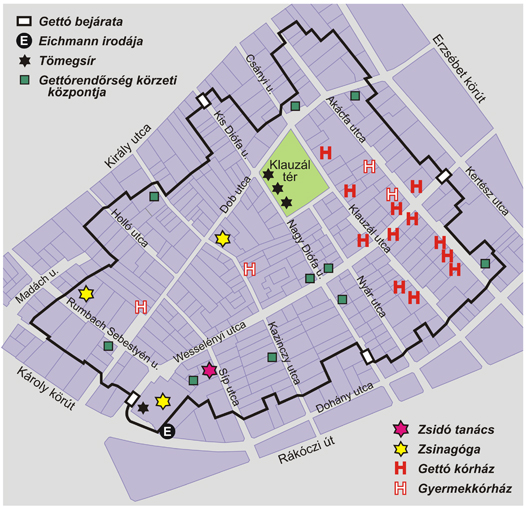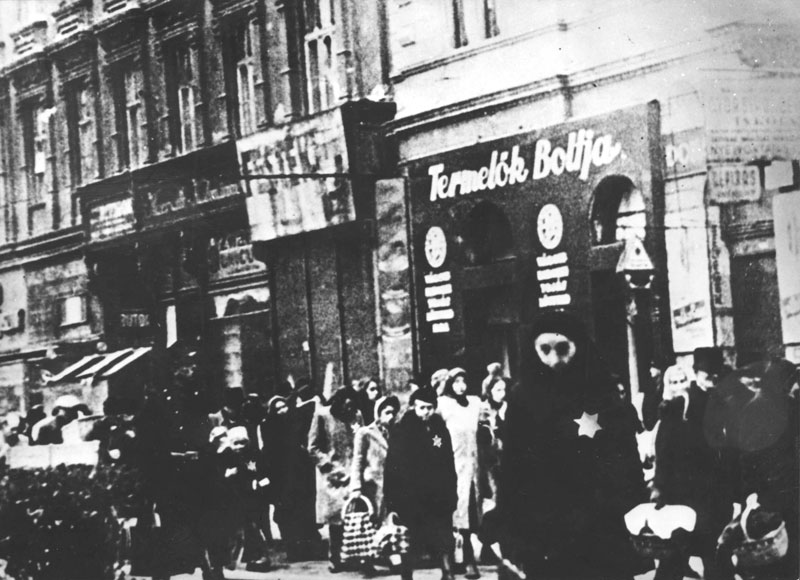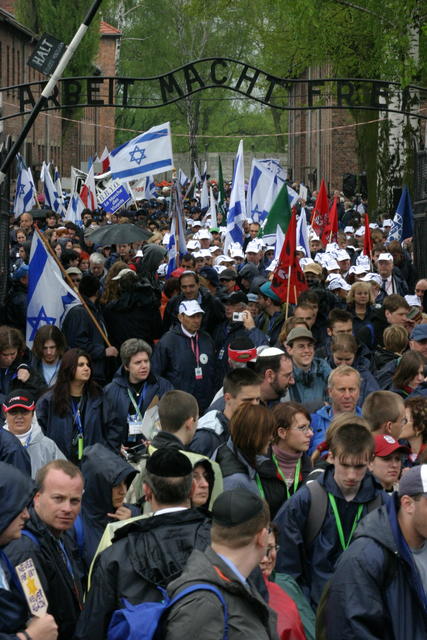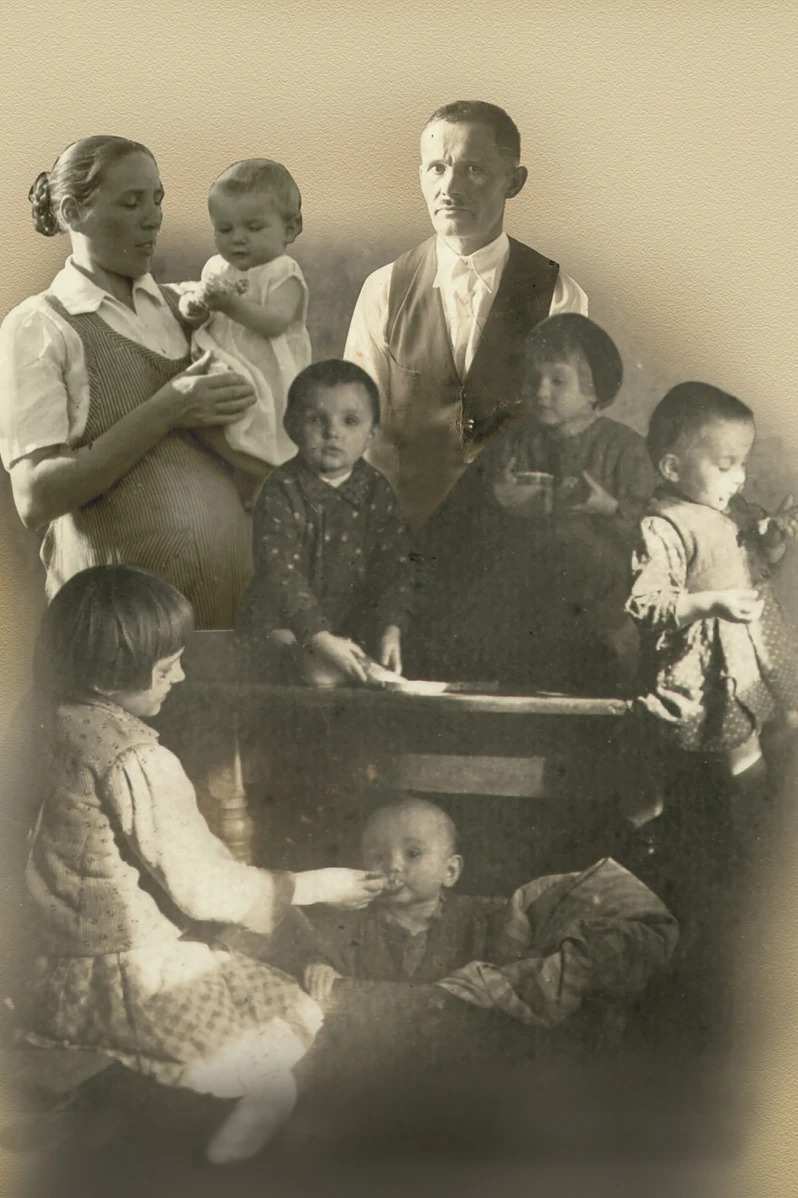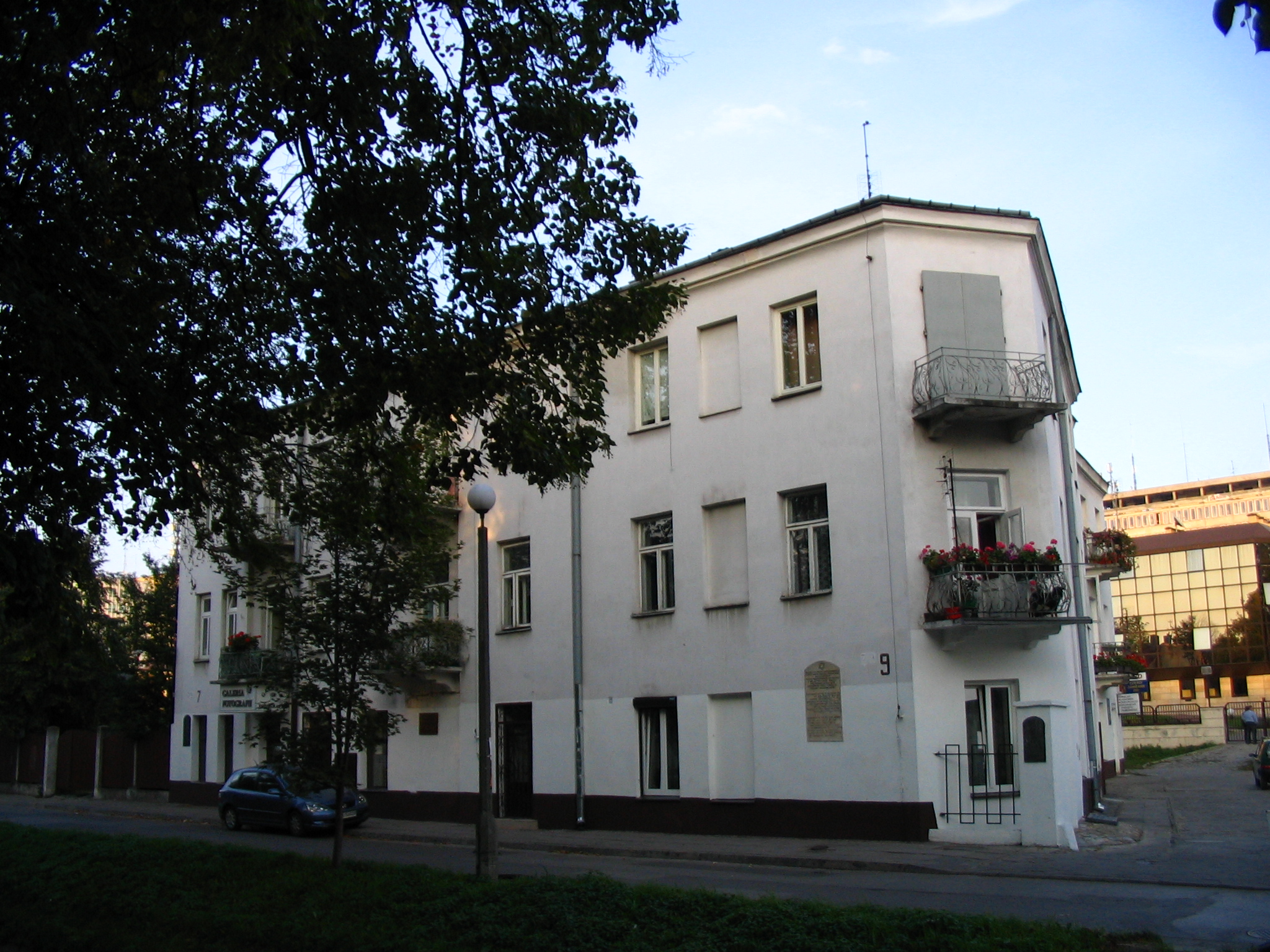Ghettoisation in Hungary – Budapest Ghetto
Fact of the Hungarian figure „Brick Factory in Obuda – The Holocaust in Hungary”
Part of the „The Holocaust” topic
Despite disenfranchisement and forced labor service, Hungarian Jews lived in relative safety until the German military occupation of Hungary in March 19 1944. Subsequently, the Germans deployed SS officer Adolf Eichmann to oversee the extermination of Hungarian Jews. The Hungarian Government and state authorities carried out the deportation of Jewish people to killing centers. From April to May 1944, the Jewish population was locked up in ghettos. In the framework of the ghettoization process Jews of the countryside were forced to transportation camps, while urban Jewish communities were usually locked up in a fenced-off neighborhood called ghetto. Until June, the ghettoization was carried out in practically the entire country. In Budapest, people were forced to move to ‘yellow-star houses’ and the ‘great-ghetto’ was only established in December. From May on, about 445-450 thousand of the collected Jews were deported to already established extermination and forced labor camps in Germany and Poland. Around 430 thousand of them were sent to the Auschwitz-Birkenau complex.
